What is accent lighting? This often overlooked design idea might be exactly what your home is missing
What is accent lighting? And how should you use? Designers explain how to highlight your home's best elements with lights
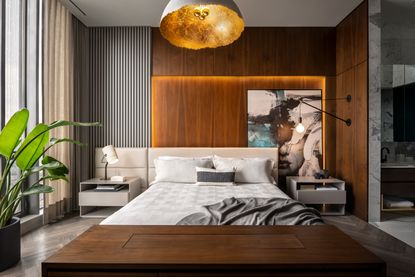

Accent lighting is the icing on the cake of your home's lighting scheme. Because it's not always necessary for either bright task lighting, or cozy ambient lighting, it can be overlook. Yet, if you use it right, it can make all the best features of your home come alive, and take center stage. This type of light can spotlight the most arresting elements of the home, other times, it can double up as a piece of art itself.
Many-a-times this light works as a functional fixture, and other times, as mood lighting. Depending on how you want to layer your home with lights, this important element helps complete the look of your interiors. So, if you're interested in elevating your space through lighting, then this is a great place to start.
We spoke to top experts from the industry to understand how to use accent lighting in the bedroom, kitchen, or for living room lighting.
Take this mini masterclass on the topic, and follow the light.

Aditi is a homes writer and editor with several years of experience. Her articles, backed by expert insights, offer suggestions aimed at helping readers make the best home design choices. For this article, she spoke to top experts to better understand accent lighting and its role in home decor.
What is accent lighting?
'Accent lighting is drawing attention to particular areas within the home,' says Ian Cameron, creative director at Cameron Design House. 'For example, a beautiful wall light positioned above a piece of artwork, uplights to highlight specific features of the home, or table lamps and floor lamps to illuminate darker areas within a space.'
'This type of lighting not only creates atmosphere through multiple layers of lighting but also allows lighting pieces to be sculptural and decorative objects that enhance the aesthetic of a room,' says Robbie Llewellyn, co-founder, and designer at lighting brand, Bert Frank. 'Through the use of such additions a room can be made to look more expansive than it is, with the addition of lights that project large and bright beams of light. Alternatively, a space can be made to feel smaller and more intimate through lights that illuminate or encompass only a small surface area.'
Accent lighting can be used inside and outside the home, and even feature in hallway lighting, entrance, or the porch. By using this light, you can create points of visual interest, and even encourage a passerby to pause and observe an artwork, a plant, a textured wall, or a sculpture. These fixtures are located close to the object they need to illuminate.
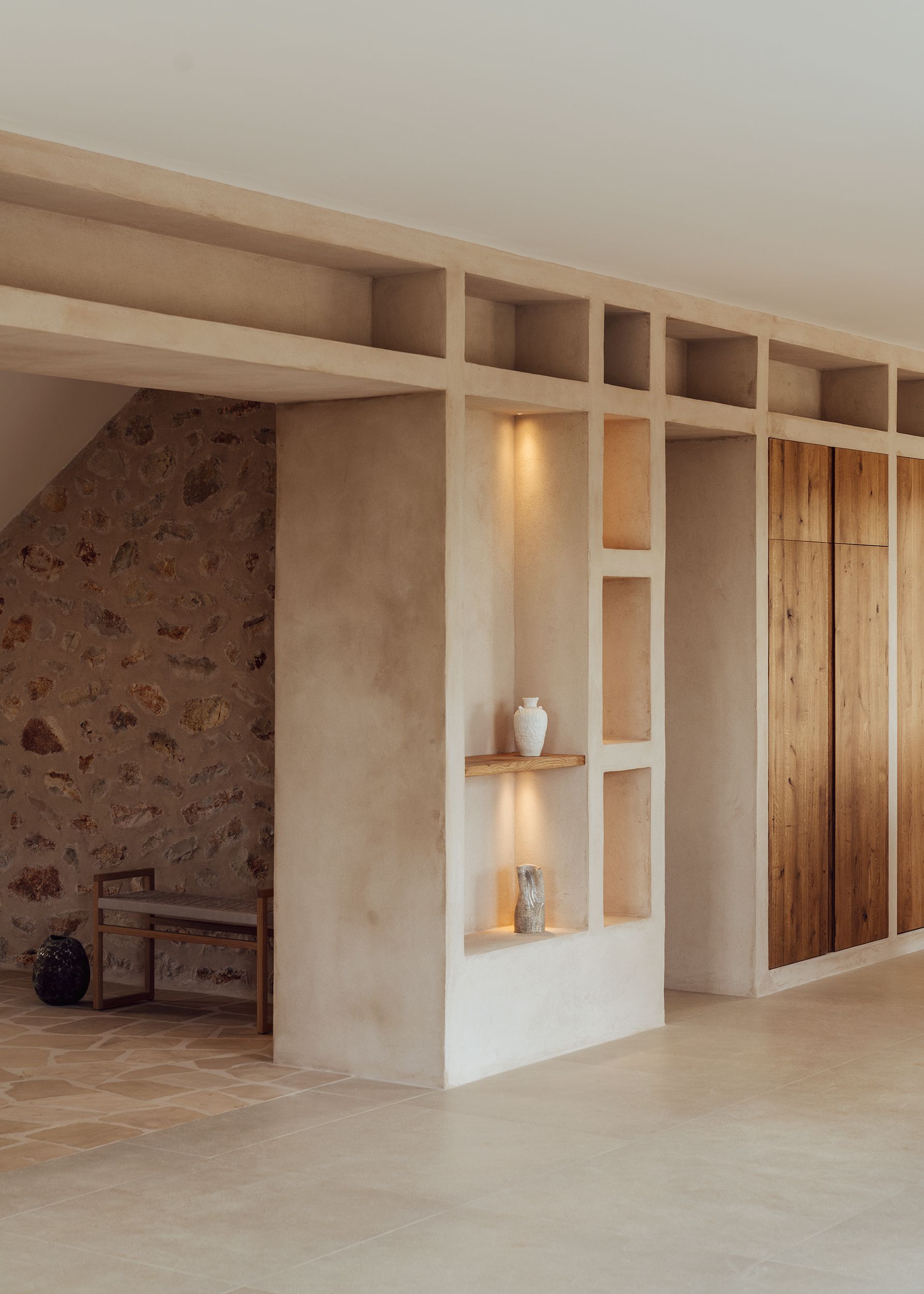
Why do you need it?
'A layered decorative lighting scheme ensures your lighting responds to the different uses of a space, being adaptable and versatile to how you use the space,' says Hollie Moreland, creative director at David Hunt Lighting. 'Before creating your lighting scheme, consider how you use the space and at what time of day, the features or treasures within the space that you want to highlight, and what task lighting you need for reading, cooking, or dressing. Layer your lighting so you can add and remove light sources for different uses and create different atmospheres.'
'It always amazes me how many people have wonderful art or decorative features that are not lit properly,' says Hollie. 'A perfectly placed picture light does wonders for an artwork. I always recommend layering in some articulated lighting, allowing for flexibility and control. Lastly, it’s not just the lighting you choose, but how you use it that can create impact. Having dimmable accent lighting is the best way of controlling the effect it has in a room; it allows you to create different moods and emphasize different areas within a space. For me, it’s an absolute must-have.'
Another important use of accent lighting is that by using these effective highlights, you can save energy by reducing the ambient light in the space surrounding the accented object.
'Accent lighting is essential in illuminating and bringing visual interest to dark corners and shadowy spots, and drawing further attention towards what you want to stand out,' says Scarlett Hampton, co-founder of Lights&Lamps. 'Layer lighting levels from several sources, using a mix of table lamps on desks and side tables, floor lamps, and wall sconces to cast a cozy glow and highlight any focal point features such as art, items inside cabinets, or architectural details.'
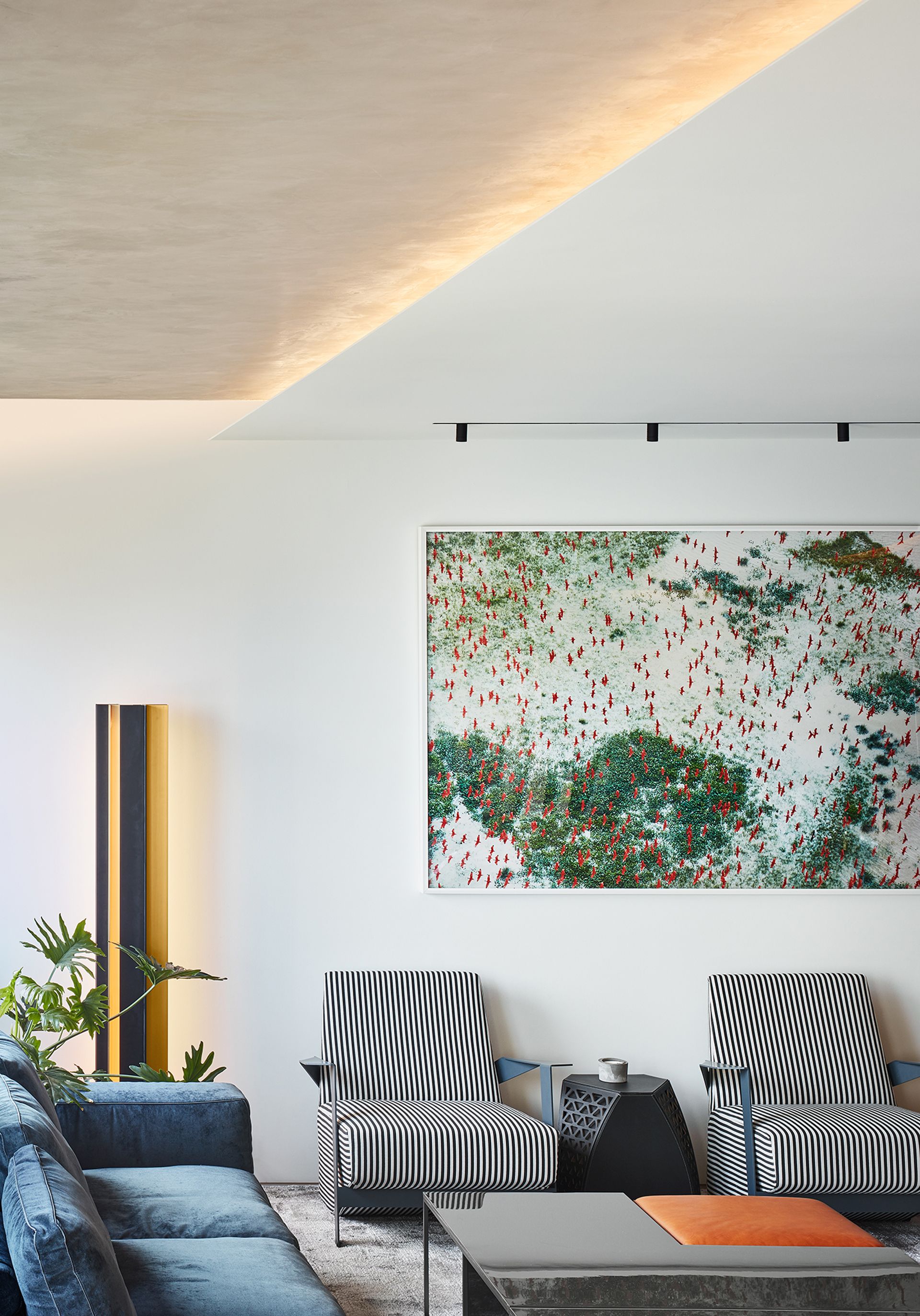
What are the ideal lumens for accent lights?
'The number of lumens you need for your lighting will depend on the particular space in question and what you are lighting,' says Ian. 'As a general rule, for rooms that require a softer ambiance like a bedroom or a living room, you need around 10-20 lumens per sq ft, whereas a kitchen or bathroom wall lighting which needs more task lighting can require around 70-80 lumens.'
'For accent lighting, I’d avoid opting for a light with a high measurement of lumens as you generally want to softly showcase something – whether that be wall art or a feature of your home – so keep it subtle, but striking,' says Ian.
What are the different types of accent lights
Directional wall sconces

These lights are fixed directly to the wall, helping direct illumination upwards. But depending on their design, they can shine a light down or all around as well. Sconces are available in a variety of shapes, sizes, materials, and colors, and can easily merge or complement the wall they are fixed on. These can also double as art pieces, adding to the aesthetic of the home. Other times, they are great for highlighting wall paneling, cornices, textured walls, etc.
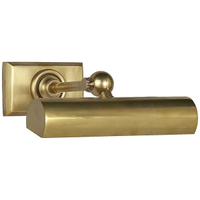
Cabinet Maker's Picture Light from Lumens
This light designed by Chapman & Myers, is a contemporary piece made of sturdy steel. The accent light casts focused illumination and can be used inside cabinets, wall niches or to spotlight an artwork. It has a flexible neck that allows you to adjust the illumination to perfection.
Recessed LED lights

These sometimes hidden, other times subtle beauties can be installed above the ceiling line, along the perimeter of a room, inside cabinets or niches, and help add sparkle to objects or areas you may have missed seeing otherwise. These also help highlight detailed plasterwork, decorative coffers, or a painted or papered motif on walls.
Also, these lights can give an artistic, almost decorative look to areas with their diffused illumination. While of course, these are never the sole light source for a room, their addition to overall ambient lighting and function are irreplaceable. Since recessed lights are unobtrusive (when done well, that is), they marry nicely with clean, contemporary, or minimalist interiors.
Track lights
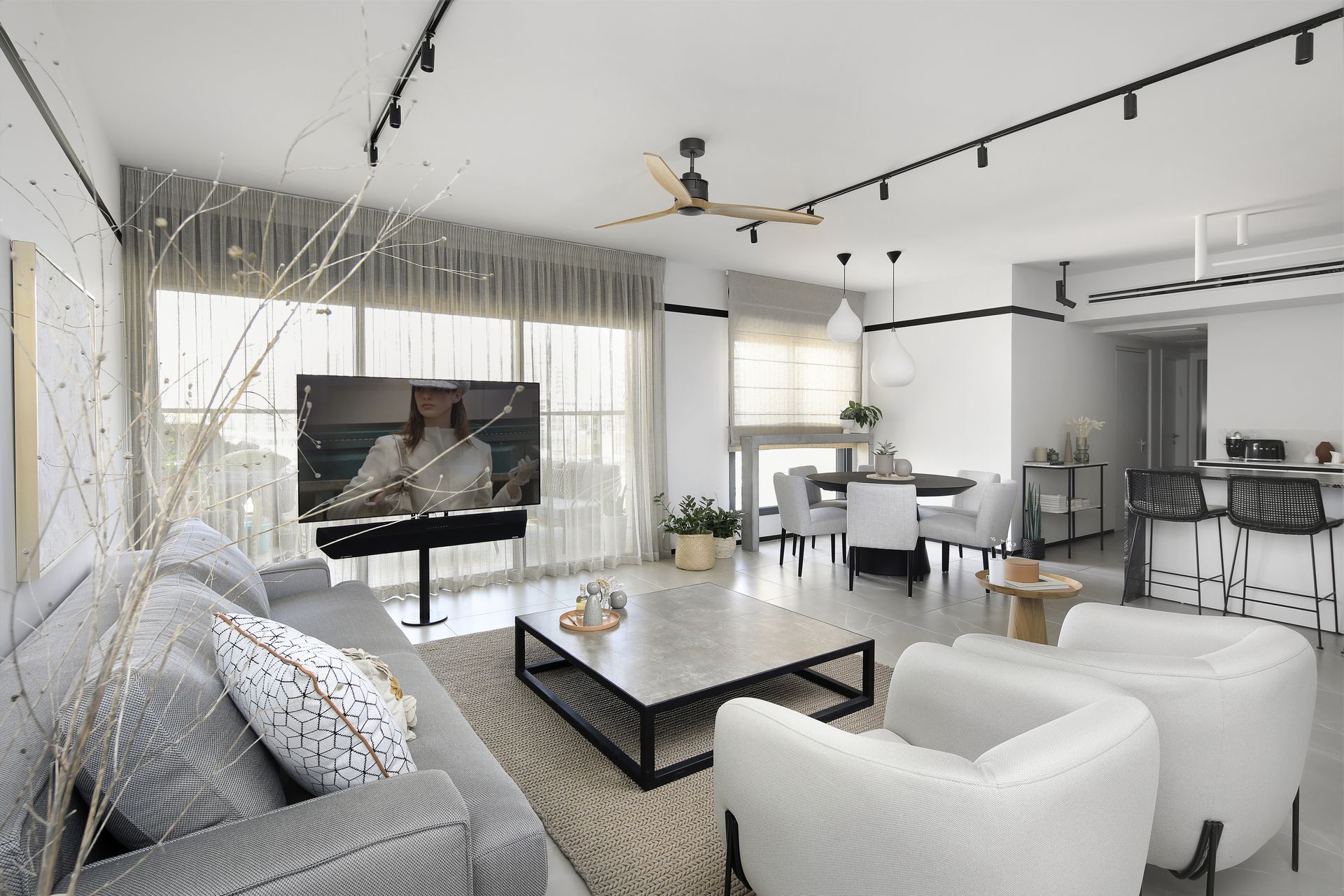
Bulbs or spotlights, when installed on tracks, can run through the length and breadth of the house or the room, and give an even spread of illumination. The tracks contain electrical conductors, so you don’t have to individually wire each bulb. These are especially useful in a place like a narrow hallway, a large, open plan room, or even as downlights for a kitchen counter, bookshelf, or wall of art.
Downlights

Downlights, recessed into your ceiling, might be the calling card of ambient lighting, but many lighting designers also implement downlights in a way that is used for accent lighting, too.
This kitchen ceiling lighting idea from the designers at John Cullen Lighting is the perfect example. By positioning downlighters close to the wall, they can be used as accent lighting to wash over a detail you want to highlight. This might be a paneled wall, for instance, or kitchen cabinets as in this design. This can be a great way for creating less harsh lighting for a hallway, too, where downlighters directly overhead might feel a little stark.
Art lights

Usually, sconces, tube lights, or spotlights, are the fixtures that shine on art or sculptures and are useful for illuminating a painting, sculpture, staircase, or outside walkway. The purpose of this kind of accent lighting is to put the focus on the painting or gallery wall such, that when you stand close, you can observe the details better, and when standing afar, you can notice its beauty with the downlight.
Be The First To Know
The Livingetc newsletter is your shortcut to the now and the next in home design. Subscribe today to receive a stunning free 200-page book of the best homes from around the world.
Aditi Sharma Maheshwari is an architecture and design journalist with over 10 years of experience. She's worked at some of the leading media houses in India such as Elle Decor, Houzz and Architectural Digest (Condé Nast). Till recently, she was a freelance writer for publications such as Architectural Digest US, House Beautiful, Stir World, Beautiful Homes India among others. In her spare time, she volunteers at animal shelters and other rescue organizations.
-
 The 12 Best Table Lamps for Reading —I'm a Certified Bookworm (and Shopping Expert)
The 12 Best Table Lamps for Reading —I'm a Certified Bookworm (and Shopping Expert)When it comes to table lamps for reading, I don't mess around. If you're the same, this edit is for YOU (and your books, or course — and good recommendations?)
By Brigid Kennedy Published
-
 "It's Scandi Meets Californian-Cool" — The New Anthro Collab With Katie Hodges Hits Just the Right Style Note
"It's Scandi Meets Californian-Cool" — The New Anthro Collab With Katie Hodges Hits Just the Right Style NoteThe LA-based interior designer merges coastal cool with Scandinavian simplicity for a delightfully lived-in collection of elevated home furnishings
By Julia Demer Published

